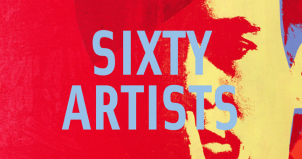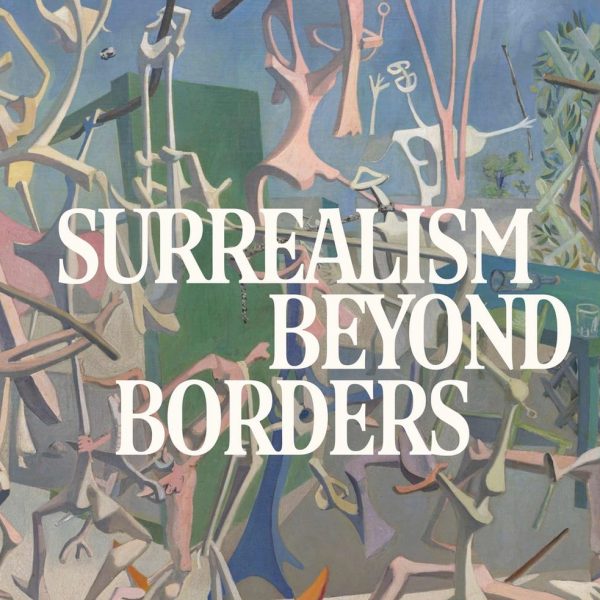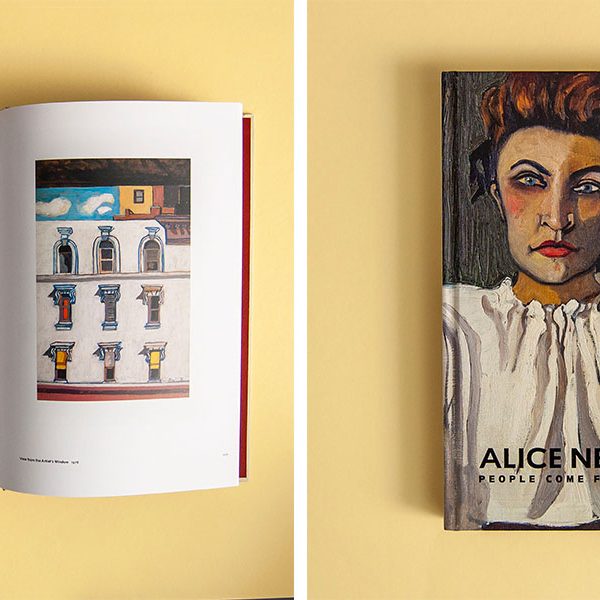Exhibition Tones: “Regarding Warhol: Sixty Years, Fifty Artists”
 For decades, commentators have acknowledged Andy Warhol’s phenomenal impact on contemporary art. Unlike the many existing books about the artist, Regarding Warhol: Sixty Artists, Fifty Yearsis the first full-scale exploration of his tremendous reach across several generations of artists who in key ways respond to his groundbreaking work.
For decades, commentators have acknowledged Andy Warhol’s phenomenal impact on contemporary art. Unlike the many existing books about the artist, Regarding Warhol: Sixty Artists, Fifty Yearsis the first full-scale exploration of his tremendous reach across several generations of artists who in key ways respond to his groundbreaking work.
Including a major essay by Mark Rosenthal, original interviews conducted by Marla Prather with a number of the artists featured in the book, and a visual archive and extensive illustrated chronology that chart the “Warhol effect” over the past fifty years, the catalogue accompanies the major exhibition on view through the end of the year at The Metropolitan Museum of Art and traveling to the Andy Warhol Museum in Pittsburgh in February 2013. Here, Caroline Hayes provides some insight into Warhol’s extraordinary cultural and artistic legacy from The Met.
Caroline Hayes—
The first work of Warhol that a viewer encounters upon entering The Metropolitan Museum of Art’s exhibition, “Regarding Warhol: Sixty Year, Fifty Artists,” is his 1961 piece, Dr. Scholl’s Corns. The work is a casein and wax crayon drawing of a foot. A well-manicured finger reveals a blister on one of the toes and the word, “corns” is written in block black letters on the canvas’ top left corner. Rather than placing the better-known works right at the beginning, or sticking to a purely chronological display, the curators situated the works according to theme, the first of which is “Daily News: From Banality to Disaster.”
Mark Rosenthal writes in the exhibition catalogue, “Warhol made use of images and advertisements that sold papers in working-class neighborhood, seeing potential in the unremarkable and the momentarily uninteresting, as in, for example, Dr. Scholl’s Corns.” He explains further that the banal subjects of Warhol function as an assault against traditional notions of sincerity and authenticity in art, and “courts the potential for farce and parody to become serious matters.” The exhibition boldly begins with a body of work that could be interpreted as mockery or reservation against the sincerity of art practice.
In the room following Dr Scholl’s Corns, Jeff Koons’ Ushering in Banality (1988) resides in all of its fantastic absurdity. The polychromed wood sculpture of an enormous pig is being “ushered in” by three figures: two cherubs and the last figure, at the pig’s backside, wears work boots and a sweatband around his/her head. The image is immediately comical yet highly thought-provoking. To where is banality being ushered? Is Koons placing judgment on banality by sculpting it as a pig? Why then do angels flank the animal? The bizarreness of these questions is enough to begin to understand the tones that come to life in the exhibit.
The tone shifts rapidly from room to room. Still amidst the first thematic section, the tone changes quickly from humorous to tragic. Warhol’s Orange Disaster #5 (1963), a silkscreen and acrylic work on canvas, displays a serial application of the image of a lone electric chair. Reproduced fifteen times, the object of death is painted with a candy-colored orange. In the catalogue, Rosenthal provides a quotation of Warhol on death:
I’m not saying you should be happy when a person dies, but just that… you don’t have to be sad about it, depending on what you think it means, and what you think about what you think it means.
Rosenthal suggests that perhaps the artist viewed death as ordinary, even banal—an idea that, I believe, is reflected captivatingly in many of the works of the first section. Take for example Bruce Nauman’s neon tubing sculpture, Eat/Death, in which blue neon letters read “DEATH” and green neon spells out the word “EAT.” Nauman’s simple play with linguistics brilliantly forces the viewer to take note of death and its implications and associations with art practice. Rosenthal believes, “the place of language in the subject of death, in effect [is] saying that the relationship between the two words shown on the sculpture makes for a cold, uncaring situation.”
The tone of the subsequent sections (“Portraiture: Celebrity and Power,” “Queer Studies: Shifting Identities,” “Consuming Images: Appropriation, Abstraction, and Seriality,” and “No Boundaries: Business, Collaboration, and Spectacle”) follows in similar trajectories. Humor turns into sincerity, which is again debased, and the cycle continues and rearranges until the viewer reaches the gift shop. With the help of sixty artists who have in some way responded to Warhol’s complex artistic resonance, the exhibit captures and re-imagines his tremendous affect on the modern art world.
Caroline Hayes is a student at New York University and former Yale University Press intern.




